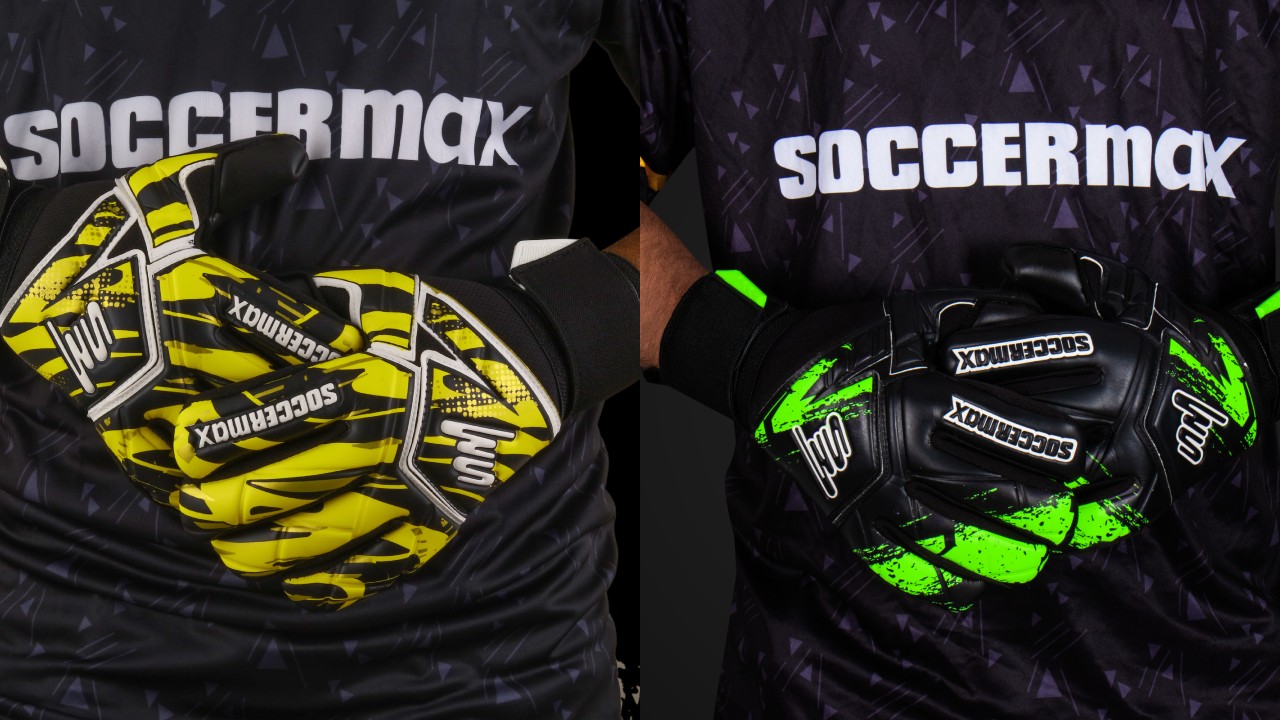Selecting the perfect pair of goalkeeper gloves is a common dilemma among goalkeepers today, given the extensive array of options available in the market. Goalkeeper gloves are a crucial weapon in a goalkeeper’s arsenal, and understanding your preferences and needs is vital in making the right choice.
In this blog post, we’ll guide you through the process of finding “your perfect glove” by asking key questions and exploring various factors influencing your decision.
Analyzing Yourself:
Before delving into the details, consider the following questions to better understand your needs:
- What type of goalkeeper are you?
- What characteristics stand out the most in your playing style?
- How frequently will you be using the gloves?
Answering these questions will set the stage for finding the most suitable gloves for you.
4 Tips for Buying Goalkeeper Gloves:
1. Cut: The cut of a glove defines how the latex wraps around the fingers. There are three main types: Flat, Rollfinger, and Negative. Each type has its unique features.
- Flat Cut: A general cut that fits most goalkeepers perfectly.
- Rollfinger Cut: Wraps the fingers with latex, providing a balanced mix of technique and control.
- Negative Cut: Widely used among professional goalkeepers, offering greater sensitivity in ball touch.
Additionally, there are mixed cuts like roll-flat and roll-negative, providing different sensations for various fingers.
2. Latex: The type of latex on the palm determines the grip and durability of the gloves. Consider the playing surface:
- Soft or Natural Ground Latex: Offers better grip but limited durability, suitable for natural terrain.
- Hard or Artificial Terrain Latex: Provides less grip but has extended durability, ideal for artificial surfaces.
Having a pair for training with a harder grip and another with a softer latex for blocking is a recommended strategy.
3. Arming: Arming refers to the protection on the back of the glove. Some models feature spike designs for better ball impact. Internal protections are also available, and some gloves allow for their removal. The choice between protection and a more technical gesture is subjective and depends on personal preferences.
4. Sizing: Determining the right size is crucial. Measure the length of your palm from the beginning of the wrist to the end of the middle finger. This measurement is more critical than width. Consult a size guide table to find your perfect fit.
Conclusion: Always base your purchase on four key characteristics:
- Maximum adhesion.
- Durability.
- Price quality.
- Arming and protection.
For the latest recommendations on the best goalkeeper gloves in the market, check out our post ranking for the current season. In summary, make an informed decision based on your unique playing style and preferences to find the gloves that suit you best.

